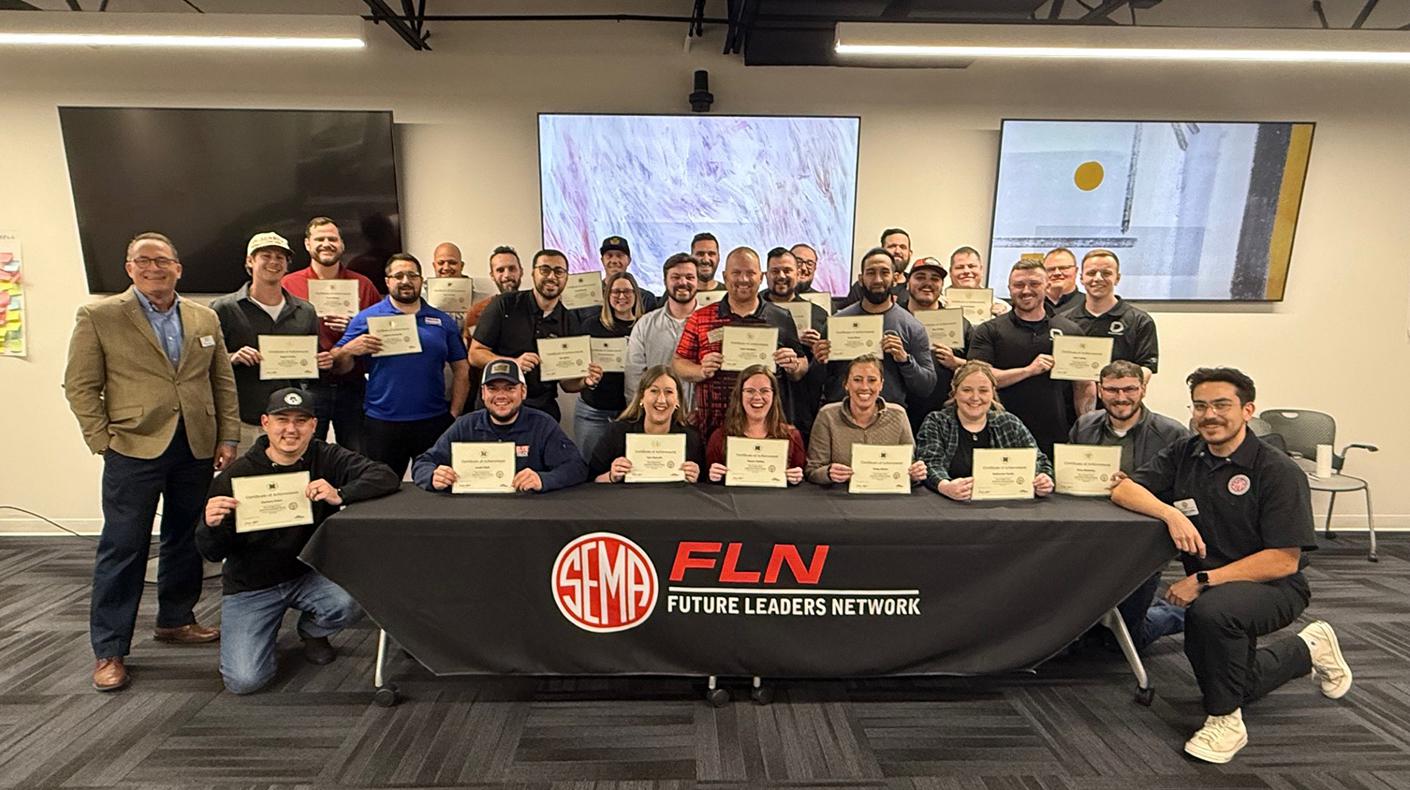 | |
| John Waraniak, SEMA vice president of vehicle technology, feels that the global automotive industry will change more in the next 10 years that it has in the past 50. |
John Waraniak, SEMA vice president of vehicle technology, presented the webinar, “Don’t Waste This Crisis: Paralyze or Energize, the Choice Is Yours,” to outline solutions for the opportunities and challenges presented by the current economy and the adaptation and development of new and emerging technologies.
Waraniak led off the webinar by expressing his thoughts on the impact that the current economy is having on the automotive aftermarket and the changes that are shaping the overall automotive industry.
“Leading through uncertainty is tough; there’s no script for running a company through these historic times,” he said. “The global automotive industry is going to experience more change in the next 10 years that it has in the past 50.”
Waraniak provided several business planning tools he feels companies should have in place to help create their preferred futures. Companies that have the structure in place to be prepared for changes that they can predict, as well as the changes that are unseen and uncontrollable, will be able to thrive and turn challenges into opportunities.
“The companies with flexibility and situational awareness are much more likely to survive this financial crisis and uncertainty then those who choose to ignore the consequences of inaction,” he said.
CEO Agenda: Operational Excellence and Strategic Planning
Waraniak expressed that whether your automotive company is large or small, you have to create the preferred future by doing three things: manage the present, refuel for the future and selectively forget the past. The job for top leadership at any company is to go from data, to information, to knowledge and, most importantly, action. YHe says that you must have book smarts and street smarts; they go hand-in-hand. Knowing what to do, the pulse of the consumer, what’s going to sell, what to market and what to develop in your product and business plans, that’s street smarts and you can combine that with your book smarts to achieve competitive advantage.
Scenario Planning: Developing Situational Awareness
One of the best tools for creating your preferred future and developing the CEO agenda is scenario planning; think of it as a bridge between strategic thinking and your business plans. Most companies have a business plan, but you may not have a scenario plan, which is basically linking strategic thinking with your business plan. It’s a critical step in developing an adaptive set of actions, and being adaptive helps companies change direction as scenarios develop. “The purpose of scenario planning is to describe what potential futures may occur,” said Waraniak. “You certainly cannot control the future, but you can predict that this may happen, or this may happen, and then provide framework for understanding those challenges and opportunities and what’s coming down the road.”
Scenario planning gives companies a better understanding of what’s happening in the industry and the market dynamics that are playing out.
“Scenario planning is a powerful tool to help you control what you can and help you react quickly to what you can’t,” Waraniak stated. “It helps you to create or seize opportunities that your competitors either don’t see or don’t have the capabilities to capitalize on.”
Vehicle Technologies: Four Megatrends Emerging
Waraniak says that there is no industry tied to technology more than the auto industry, and he feels that the aftermarket is probably closer to the pulse of the consumer and those technology demands than anyone else. He explained that just about every part of every aftermarket business is impacted by these four technology areas:
- Active-Passive Safety Systems: Technologies such as electronic stability control, which started off with introductions that include anti-lock braking systems and tire-pressure monitoring systems.
- Mobile Electronics Integration: Bringing consumer electronics into the vehicle and having them seamlessly integrated with the vehicle.
- Connected Vehicle Technologies: On-Board technology, vehicle-to vehicle technology and vehicle-to-roadside technology
- Alternative Powertrain Vehicles: There are at least 15 alternative powertrain technologies out there, such as diesel electrics, gasoline-hybrid electrics, hydrogen-powered vehicles and direct fuel-injection combined with turbocharging. These are all being implemented now and through the next 12–18 months and will all have a significant impact on the specialty-equipment industry.
“These four megatrends actually represent significant changes, but even greater opportunity for developing products and services in areas such as aerodynamics, brakes, electronics, suspension, mass and weight reduction, fuel efficiency and personalization applications,” said Waraniak.
To hear the rest of this webinar presentation, including how to profit from OEM-Aftermarket-Retail collaboration and the 10 action steps for creating a competitive advantage, download the entire session free of charge. For more information on SEMA’s webinar program, visit www.sema.org/webinar.





